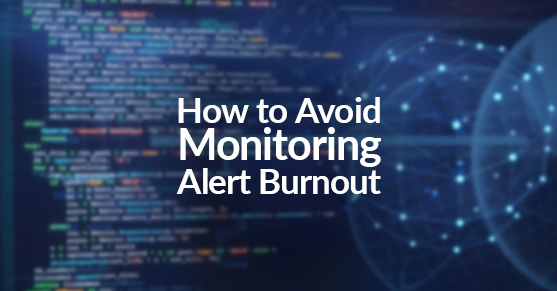Introduction
In today’s digital landscape, automated system alerts play a crucial role in monitoring the health and performance of various technological systems. However, the constant bombardment of alerts can lead to “alert fatigue” and burnout, negatively impacting productivity and mental well-being. To maintain our sanity and effectively manage system alerts, it is essential to establish proactive strategies. In this blog post, we will explore practical tips and techniques to help you avoid “alert fatigue”, ensuring a healthier and more efficient approach to managing these notifications.
- Prioritize Alert Relevance
Not all alerts are created equal. To prevent overwhelming yourself with unnecessary notifications, start by identifying and prioritizing the alerts that are truly relevant to your role or responsibilities. Collaborate with your team and stakeholders to establish clear guidelines on what constitutes “critical” alerts, so you can filter out the noise and focus on what truly matters.
- Optimize Alert Configurations
Review and fine-tune your system alert configurations regularly. Take the time to understand the thresholds, triggers, and escalation paths associated with each alert. By customizing the settings to align with your specific needs and objectives, you can reduce the number of false positives and ensure that only actionable alerts reach your attention. Refining your configurations will also enable you to better differentiate between urgent and non-urgent issues, reducing unnecessary stress and cognitive load.
- Consolidate and Centralize
Dealing with alerts from multiple systems or platforms can be overwhelming. Consider consolidating your alerts by centralizing the monitoring process. Utilize unified monitoring tools or platforms that can aggregate alerts from different sources into a single interface. This approach not only streamlines your workflow but also provides a comprehensive view of the overall system health, allowing you to address issues holistically rather than being bombarded by individual notifications.
- Establish Escalation and Triage Protocols
Establishing well-defined escalation and triage protocols is crucial for effective alert management. Define clear roles and responsibilities within your team, including who should handle specific types of alerts and how issues should be escalated. By creating a structured process, you can ensure that alerts are addressed in a timely manner without overwhelming any individual team member. Encourage regular communication and knowledge-sharing within the team to distribute the workload and prevent a single person from bearing the burden of alert management.
- Automate and Delegate
Leverage automation tools and intelligent monitoring systems to reduce the manual effort required for managing alerts. Automate routine tasks such as initial triage, data gathering, and basic troubleshooting to free up time for more critical activities. Additionally, delegate alert management responsibilities across team members to distribute the workload evenly. This approach not only prevents burnout but also encourages skill development and collaboration within the team.
Conclusion
System alerts are invaluable in maintaining the stability and performance of our digital systems, but they can also become overwhelming if not managed effectively. By following the strategies outlined in this blog post, you can avoid system alert burnout and maintain your sanity in this fast-paced digital age. Prioritize relevant alerts, optimize configurations, consolidate monitoring efforts, establish clear protocols, and leverage automation and delegation.
Remember, a balanced and proactive approach to managing system alerts will not only enhance your productivity but also contribute to your overall well-being in the digital realm.
Or even better, leave the monitoring to us! For more information, please contact us!

